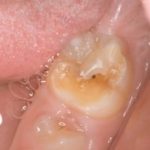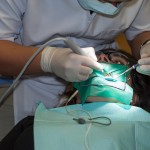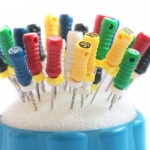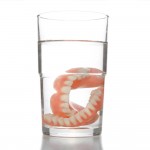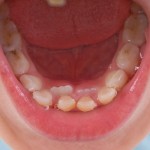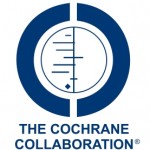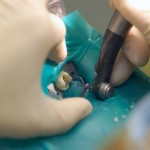
In this blog Thibault Collloc looks at a review of is the effectiveness of instrumentation and irrigation with NaOCl and EDTA compared to any other root canal irrigant. The review was one of a number undertaken to inform guidelines for the European Society of Endodontics.
[read the full story...]